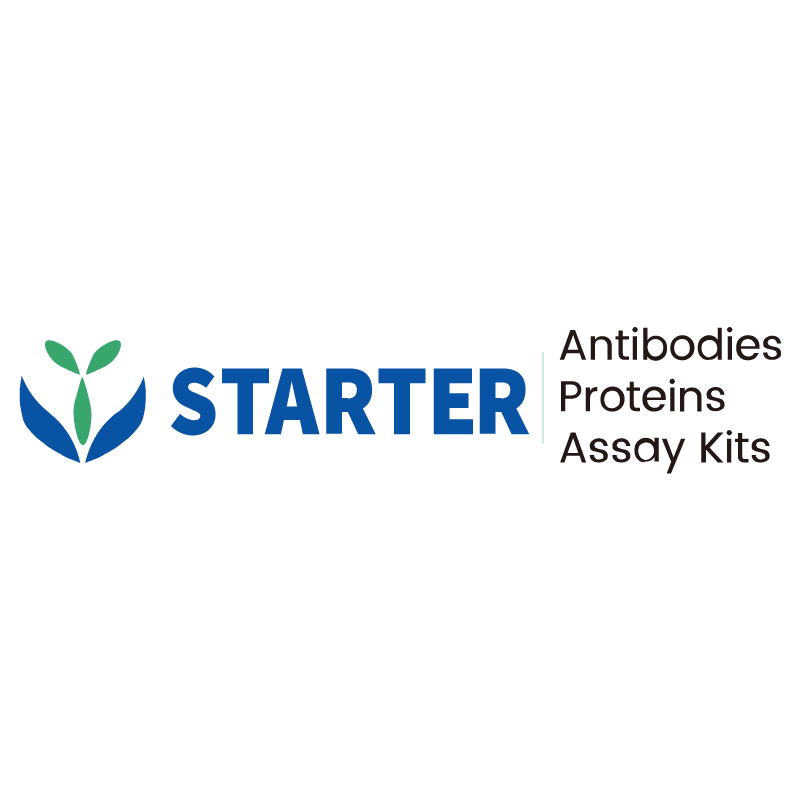2 μg(R: reducing conditions)
Product Details
Product Details
Product Specification
| Species | Human |
| Synonyms | Nuclear protein in testis, C15orf55, NUT |
| Accession | Q86Y26 |
| Amino Acid Sequence | Protein sequence (Q86Y26, Thr920-Ala997, with C-10*His) TCPLNVHSYDPQGEGRVDPDLSKPKNLAPLQESQESYTTGTPKATSSHQGLGSTLPRRGTRNAIVPRETSVSKTHRSAGGGGSHHHHHHHHHH |
| Expression System | HEK293 |
| Molecular Weight | Predicted MW: 10.1 kDa Observed MW: 25-30 kDa |
| Purity | >95% by SDS-PAGE |
| Endotoxin | <1EU/μg |
| Tag | with C-10*His |
| Physical Appearance | Lyophilized Powder |
| Storage Buffer | Lyophilized from a 0.2 μm filtered solution of 0.2M PBS, pH7.4. |
| Reconstitution | Reconstitute no more than 1 mg/mL according to the size in deionized water after rapid centrifugation. |
| Stability & Storage | 12 months from date of receipt, -20 to -70 °C as supplied. 6 months, -20 to -70 °C under sterile conditions after reconstitution. 1 week, 2 to 8 °C under sterile conditions after reconstitution. Please avoid repeated freeze-thaw cycles. |
Background
The nuclear protein in testis gene encodes a 1,132-amino acid protein termed NUT that is expressed almost exclusively in the testes, ovaries, and ciliary ganglion. NUT protein facilitates the acetylation of chromatin by histone acetyltransferase EP300 in testicular spermatids. BRD4 is the bromodomain-containing protein 4 gene. BRD4 protein involved in the development of neoplasms. The product of the BRD4-NUTM1 fusion gene, BRD4-NUT protein, stimulates the expression of at least 4 oncogenes, MYC, TP63, SOX2, and MYB in cultured cells. It is generally accepted that the BRD4-NUT protein promotes these neoplasms by maintaining their neoplastic cells in a perpetually undifferentiated, proliferative state. NUT carcinoma is a rare, highly aggressive malignancy. Studies have found that 66%-80% of NUT carcinomas harbor a BRD4-NUTM1 fusion gene while the remaining NUT carcinomas involve the BRD3-NUTM1, NSD3-NUTM1, ZNF532-NUTM1, or ZNF592-NUTM1 fusion gene.
Picture
Picture
SDS-PAGE


